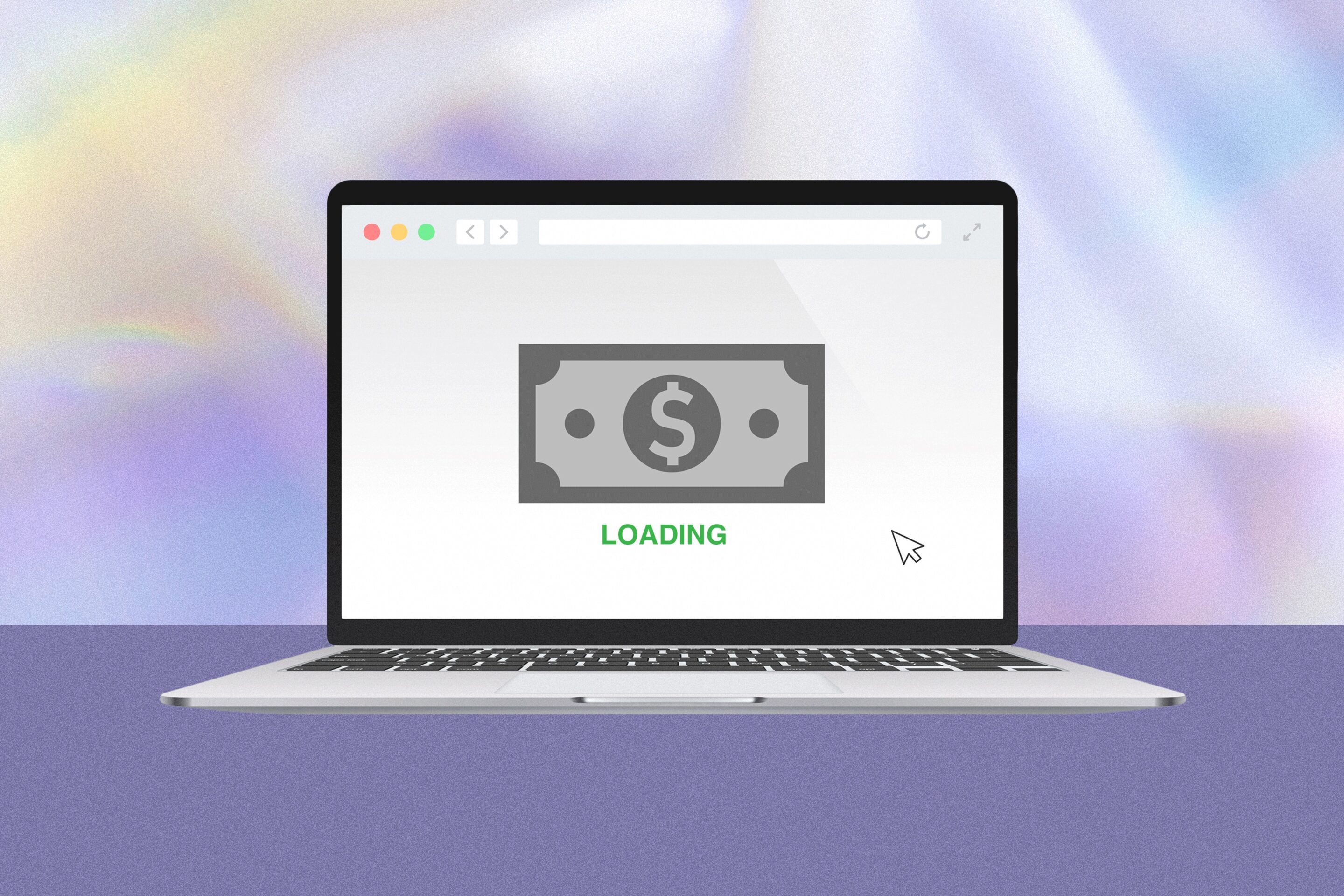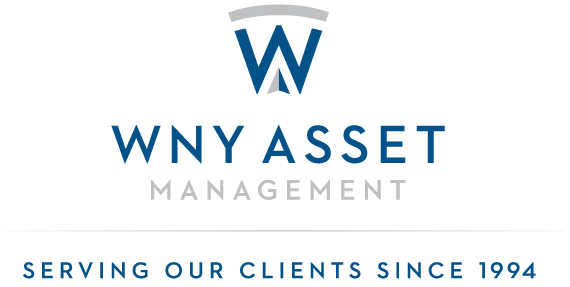
To break the day-trading habit that cost him money, friendships and sleep, fund manager Thomas Meenik first tried meditation and cycling. They proved no substitute for the high he got scrolling through investing forums, he said.
Instead, he took a digital breath. He installed software that imposed a 20-second delay whenever he tried to open his apps. Twenty seconds might not seem like much, but feels excruciating in smartphone time, he said. As a result, he checks his accounts 60% less.
“
I have to consciously make an effort to go look at stuff that I actually want to know instead of scrolling through feeds and endless conversations about stuff that is actually not very useful.
“I have to consciously make an effort to go look at stuff that I actually want to know instead of scrolling through feeds and endless conversations about stuff that is actually not very useful,” he said.
More people are adding friction to curb all types of impulsive behavior. App-limiting services such as One Sec and Opal were originally designed to help users cut back on social-media scrolling.
Now, they are being put to personal-finance use by individuals and some banking and investing platforms. On One Sec, the number of customers using the app to add a delay to trading or banking apps more than quintupled between 2021 and 2022. Opal says roughly 5% of its 100,000 active users rely on the app to help spend less time on finance apps, and 22% use it to block shopping apps such as Amazon.com Inc.
Economic researchers and psychologists say introducing friction into more apps can help people act in their own best interests. Whether we are trading or scrolling social media, the impulsive, automatic decision-making parts of our brains tend to win out over our more measured critical thinking when we use our smartphones, said Ankit Kalda, a finance professor at Indiana University who has studied the impact of mobile trading apps on investor behavior.
His 2021 study tracked the behavior of investors on different platforms over seven years and found that experienced day traders made more frequent, riskier bets and generated worse returns when using a smartphone than when using a desktop trading tool.
Most financial-technology innovation over the past decade focused on reducing the friction of moving money around to enable faster and more seamless transactions. Apps such as Venmo made it easier to pay the babysitter or split a bill with friends, and digital brokerages such as Robinhood streamlined mobile trading of stocks and crypto.
These innovations often lead customers to trade or buy more to the benefit of investing and finance platforms. But now, some customers are finding ways to slow the process. Meanwhile, some companies are experimenting with ways to create speed bumps to protect users from their own worst instincts.
When investing app Stash launched retirement accounts for customers in 2017, its customer-service representatives were flooded with calls from panicked customers who moved quickly to open up IRAs without understanding there would be penalties for early withdrawals. Stash funded the accounts in milliseconds once a customer opted in, said co-founder Ed Robinson.
So to reduce the number of IRAs funded on impulse, the company added a fake loading page with additional education screens to extend the product’s onboarding process to about 20 seconds. The change led to lower call-center volume and a higher rate of customers deciding to keep the accounts funded.
“It’s still relatively quick,” Mr. Robinson said, but those extra steps “allow your brain to catch up.”
Some big financial decisions such as applying for a mortgage or saving for retirement can benefit from these speed bumps, according to ReD Associates, a consulting firm that specializes in using anthropological research to inform design of financial products and other services. More companies are starting to realize they can actually improve customer experiences by slowing things down, said Mikkel Krenchel, a partner at the firm.
“This idea of looking for sustainable behavior, as opposed to just maximal behavior is probably the mind-set that firms will try to adopt,” he said.
Slowing down processing times can help build trust, said Chianoo Adrian, a managing director at Teachers Insurance and Annuity Association of America. When the money manager launched its online retirement checkup tool last year, customers were initially unsettled by how fast the website estimated their projected lifetime incomes.
“We got some feedback during our testing that individuals would say ‘Well, how did you know that already? Are you sure you took in all my responses?’ ” she said. The company found that the delay increased credibility with customers, she added.
For others, a delay might not be enough to break undesirable habits.
More people have been seeking treatment for day-trading addictions in recent years, said Lin Sternlicht, co-founder of Family Addiction Specialist, who has seen an increase in cases since the start of the pandemic.
“By the time individuals seek out professional help they are usually experiencing a crisis, and there is often pressure to seek help from a loved one,” she said.
She recommends people who believe they might have a day-trading problem unsubscribe from notifications and emails from related companies and change the color scheme on the trading apps to grayscale, which has been found to make devices less addictive. In extreme cases, people might want to consider deleting apps entirely.
For Perjan Duro, an app developer in Berlin, a 20-second delay wasn’t enough. A few months after he installed One Sec, he went a step further and deleted the app for his retirement account.
“If you don’t have it on your phone, [that] helps you avoid that bad decision,” he said.
“
If you don’t have it on your phone, [that] helps you avoid that bad decision.
IMPORTANT DISCLOSURES Broadridge Investor Communication Solutions, Inc. does not provide investment, tax, legal, or retirement advice or recommendations. The information presented here is not specific to any individual's personal circumstances. To the extent that this material concerns tax matters, it is not intended or written to be used, and cannot be used, by a taxpayer for the purpose of avoiding penalties that may be imposed by law. Each taxpayer should seek independent advice from a tax professional based on his or her individual circumstances. These materials are provided for general information and educational purposes based upon publicly available information from sources believed to be reliable — we cannot assure the accuracy or completeness of these materials. The information in these materials may change at any time and without notice.
Prepared by Broadridge Investor Communication Solutions, Inc. Copyright 2021.
